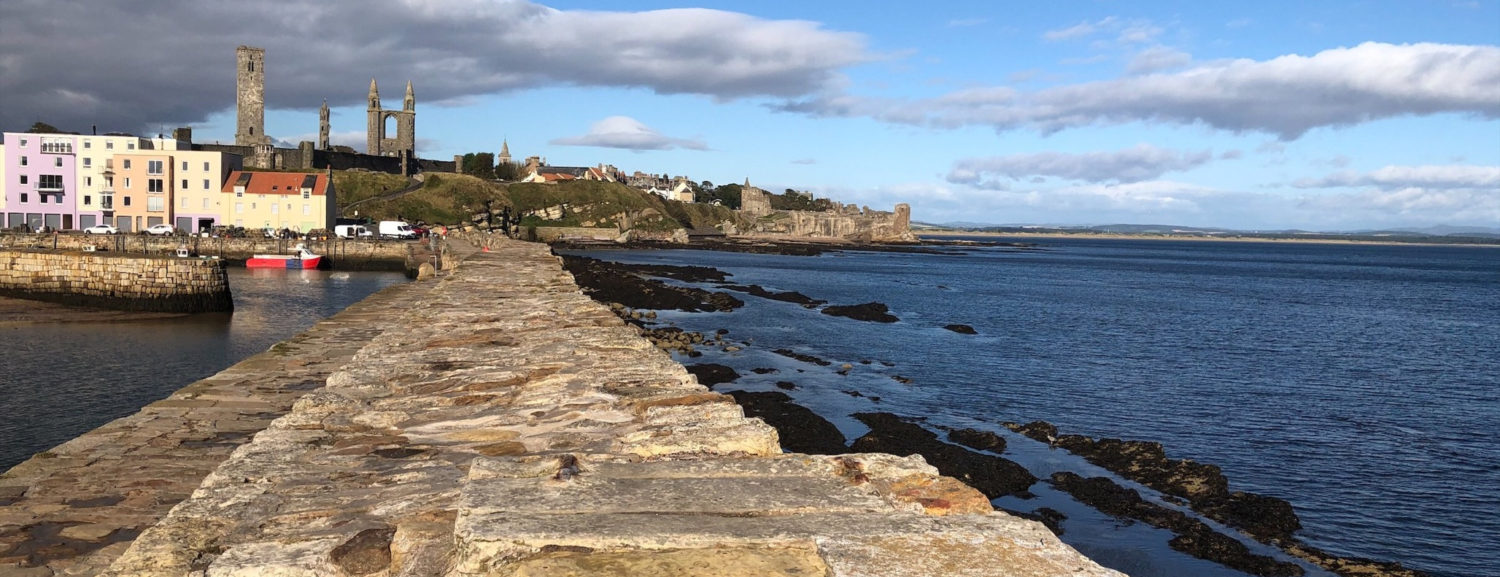St Mary’s College
The site on which St Mary’s College now lies is arguably the first piece of property owned by the University of St Andrews. Over six centuries ago, in 1419, Robert of Montrose, rector of Cults, Fife, granted the six-year-old University of St Andrews a building to found “a college of theologians and artists”…
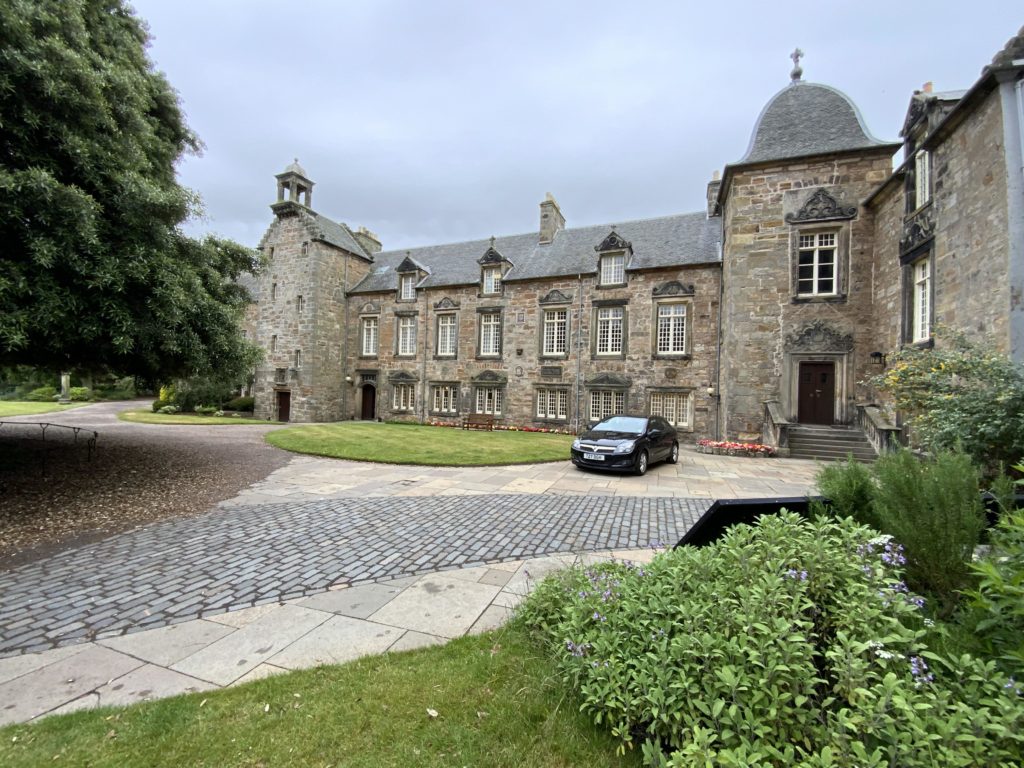

Ardgowan Hotel
Ardgowan Hotel located at Playfair Terrace on North Street, was built in 1847. During World War II…
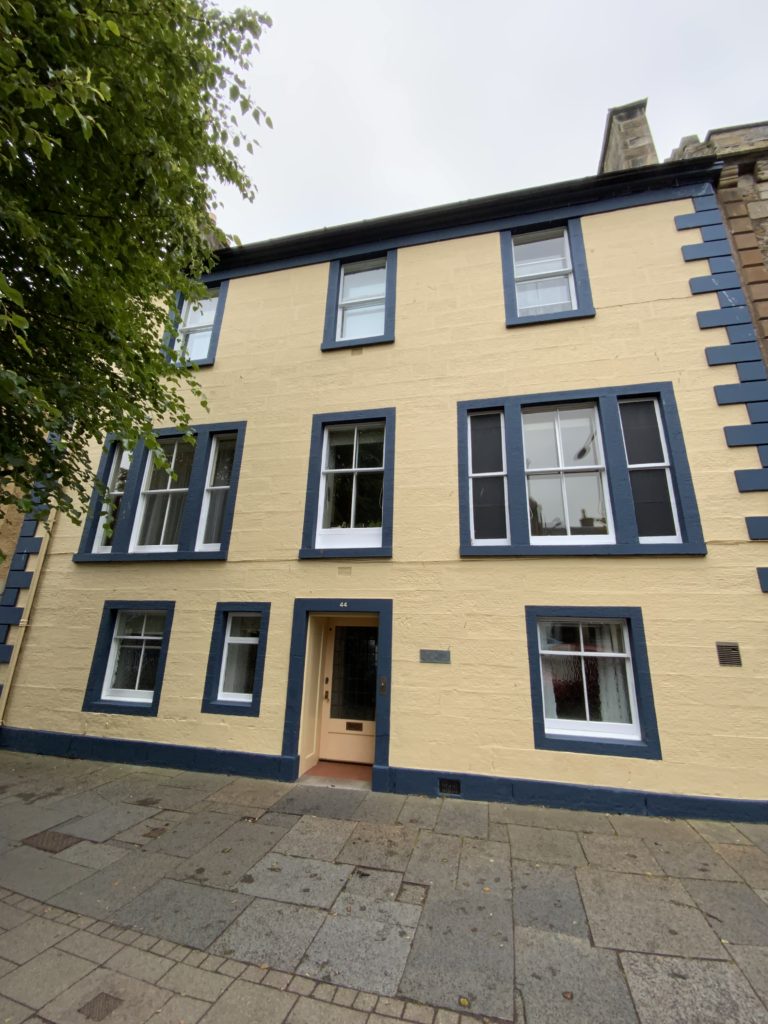
Sir D’Arcy Wentworth Thompson’s House
It is safe to say that mathematical biologist Sir D’Arcy Wentworth Thompson II’s (1860 – 1948) life was not one of narrow interests…
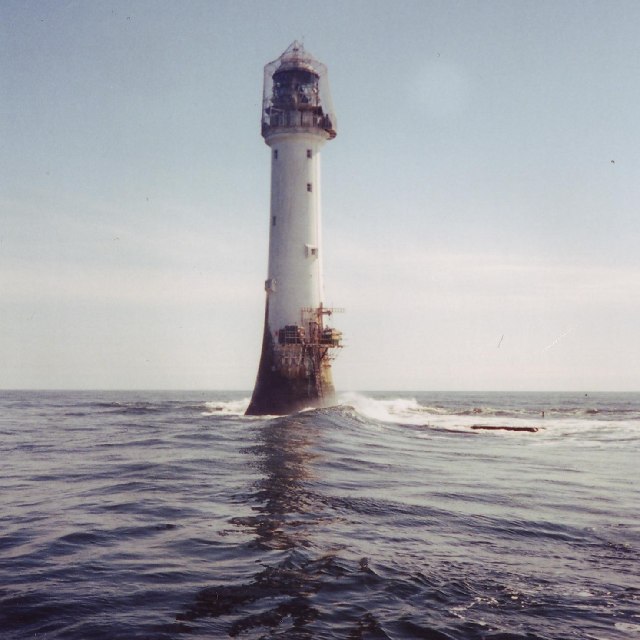
Bell Rock Lighthouse
Both the design and the construction of the lighthouse faced challenges due to the nature of Bell Rock. The part of the rock on which the lighthouse is built is…

David Brewster’s House
Symmetricity in reflections of light has an intrinsic attraction to human thinking. Which is why the Kaleidoscope is one of the most natural inventions we could use to introduce Sir David Brewster…
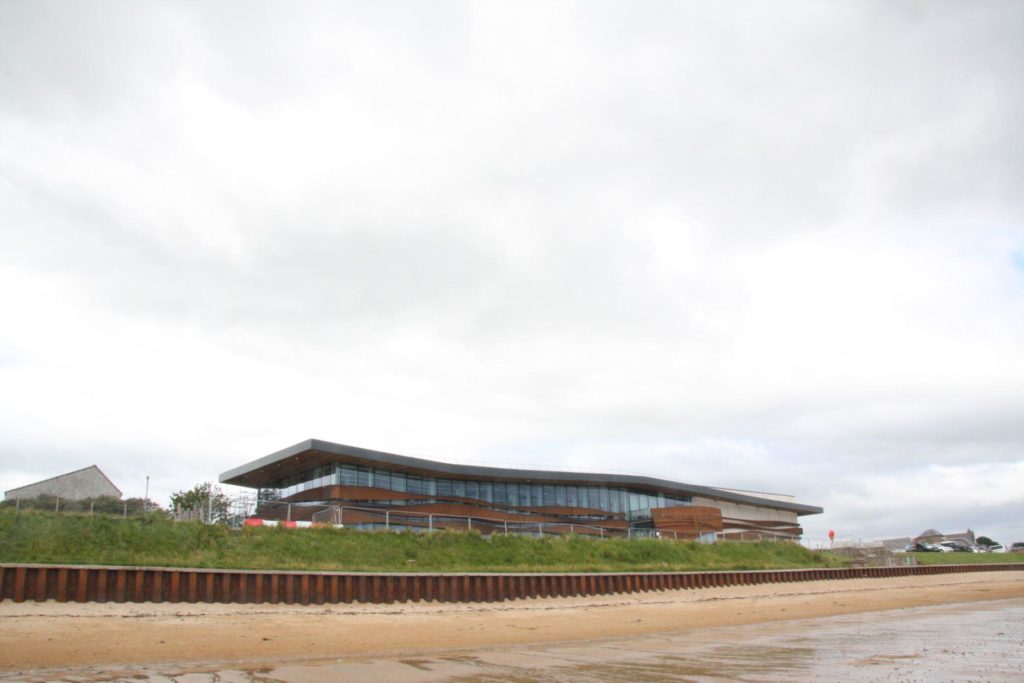
Gatty Marine Laboratory
Gatty Marine Laboratory has its origins in the government-funded Fisheries Laboratory (1884-1895). It was named after the zoologist Charles Henry Gatty, who paid for the original timber building in 1892, with its permanent stone replacement. As the old timber building was abandoned, the new stone building was officially opened by Lord Reay on 3rd Oct 1896, and the first director was William Carmichael McIntosh FRS. However, in 1913 a fire was reported at the laboratory site…
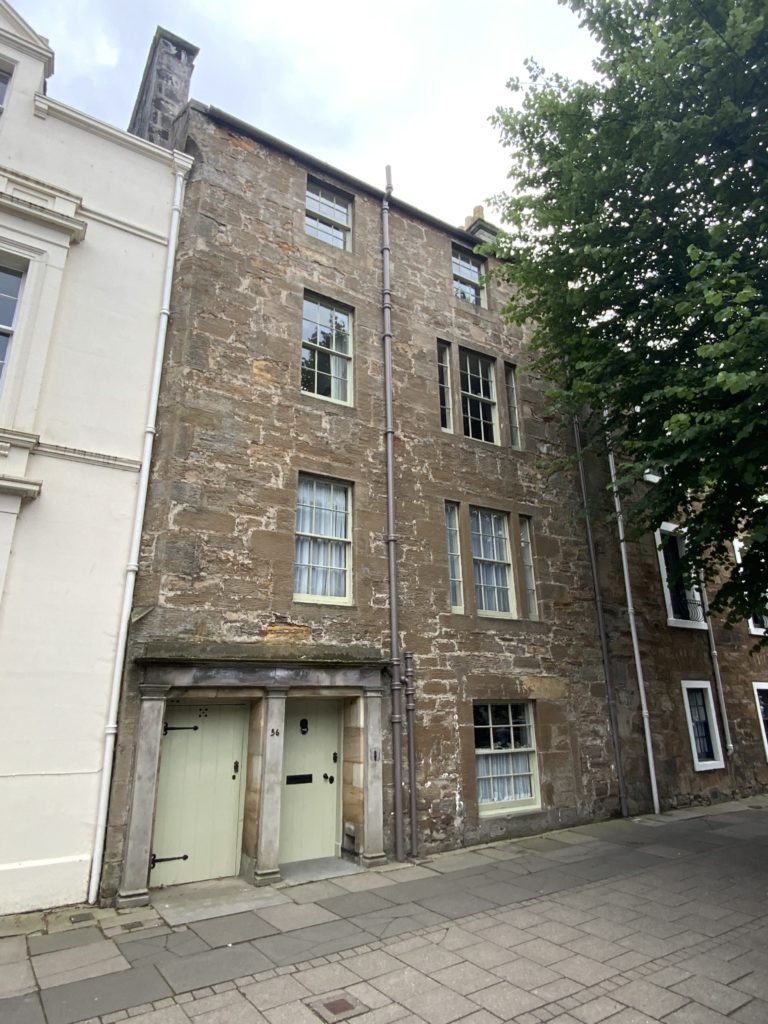
George Martine’s House
This house is where George Martine (the elder, as well as the younger) used to live in St Andrews.
George Martine the elder(1635-1712), was a historian of St Andrews, known for the diocesan history Reliquiæ divi Andreæ. In June 1688, he married Catherine and had several children, George Martine the younger (1700-1741), was one of them…
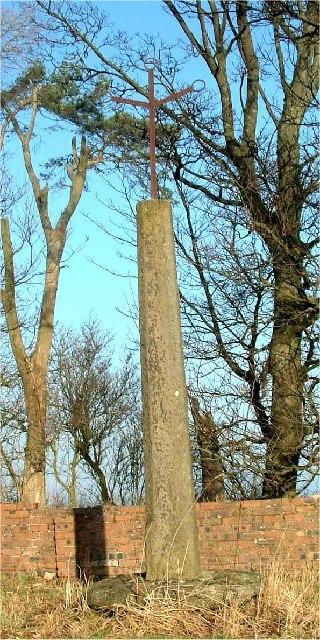
Gregory’s Pillar
Gregory’s pillar, marking the southern end of his meridian line, is marked on the Ordnance Survey map, and stands in…
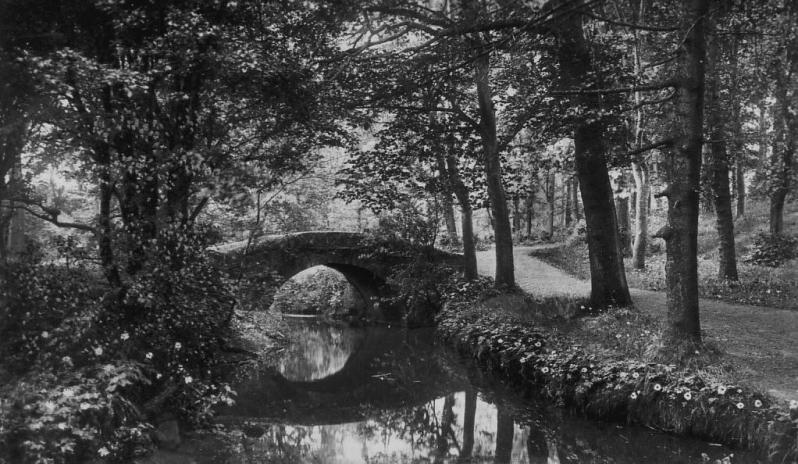
Lade Braes Walk
The 1.5 miles long walk runs from Little Carron to Madras College and follows a route of an old mill, bringing water to the Priory of St Andrews founded in 1140. For most of its life, it was open to St Andrews citizens who used it for cleaning, washing and drinking. The town relied on the lade so much that when the lade was polluted in the 1697 and a lack of an adequate water supply was a big concern, it was considered the University would be moved to Perth.
Although majority of the lade is now underground, it was all uncovered until 1800s when…
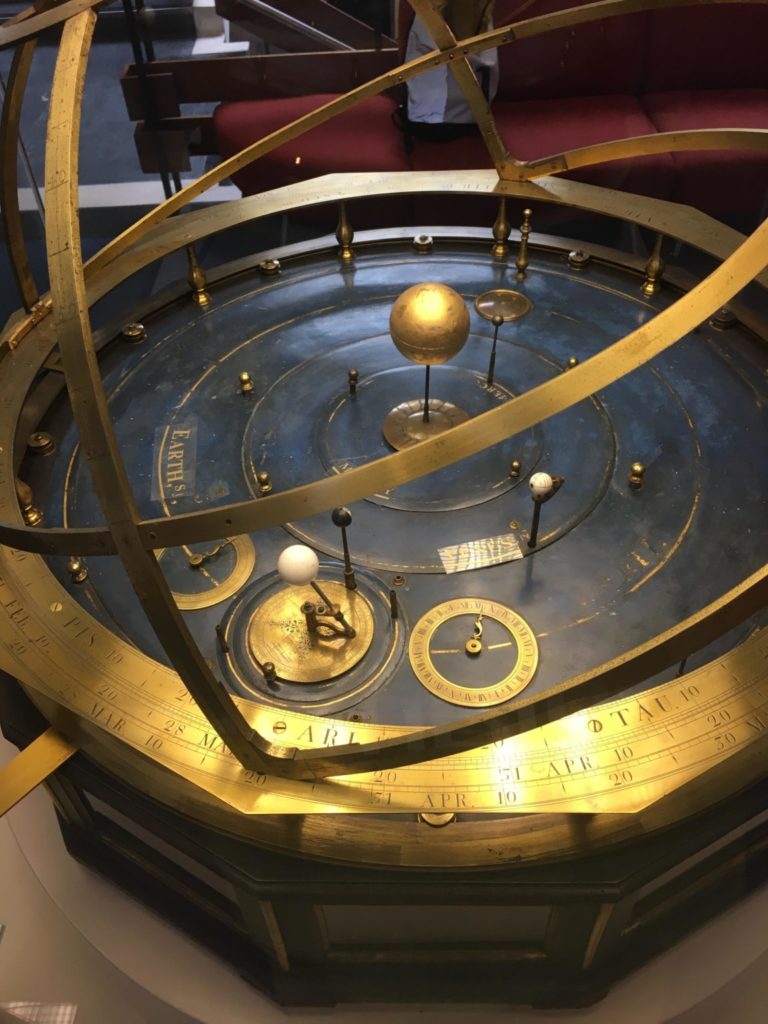
Orrery
This orrery, a model which shows how planets revolve around the sun, is on display at the School of Physics and Astronomy. It was built by Benjamin Cole of London between 1748 and 1760. The four inner most planets are mounted on plates and connected to a mechanism which allows them to rotate about the sun at their correct rates. Jupiter and Saturn are attached to arms extending outside the main structure which allow them to rotate freely. The base of the orrery has 12 windows instead of wooden panes so that…
Harbour and Pier
The harbour has been in a close relationship with the St Andrews Cathedral Priory since the 14th century, and the Priory Precinct Wall has had a significant influence upon the subsequent development and widening of the quays in the Inner Harbour…
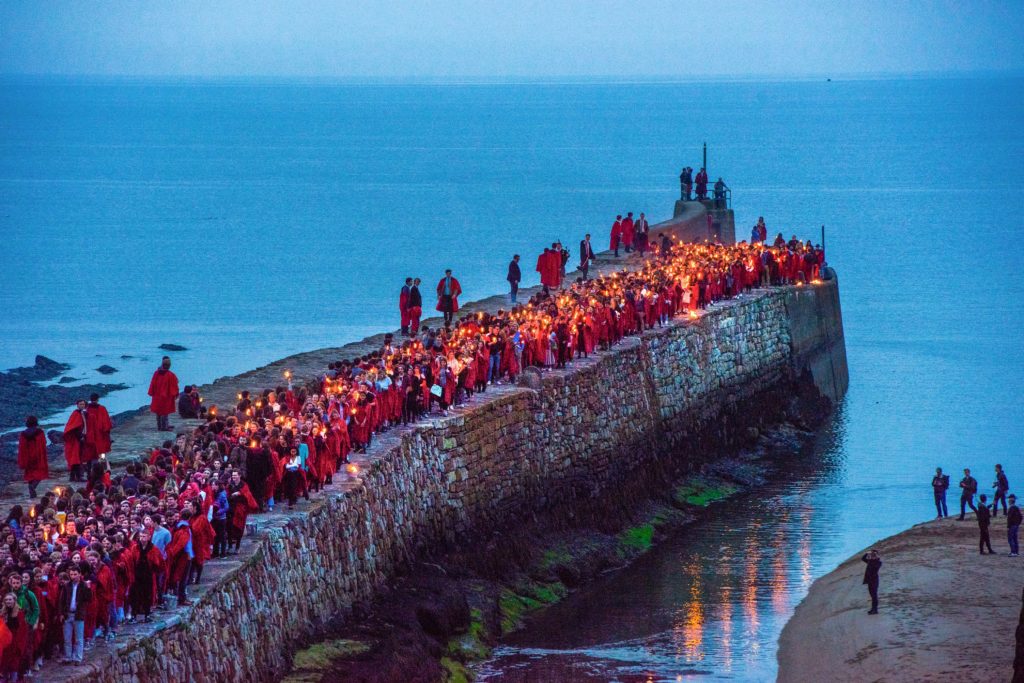
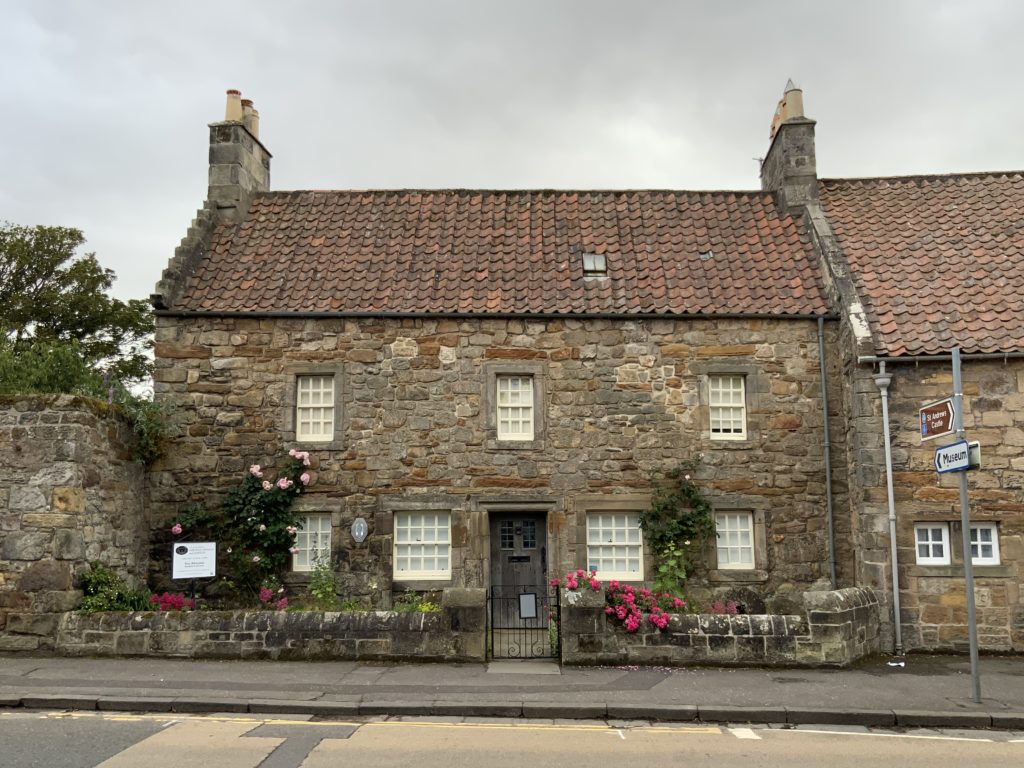
Preservation Trust Museum
Located at 12 North Street, the St. Andrews Heritage Museum & Garden contains glimpses of life in St. Andrews across the centuries. Though the museum house dates from the 1600s, the site was first built on around 1140…
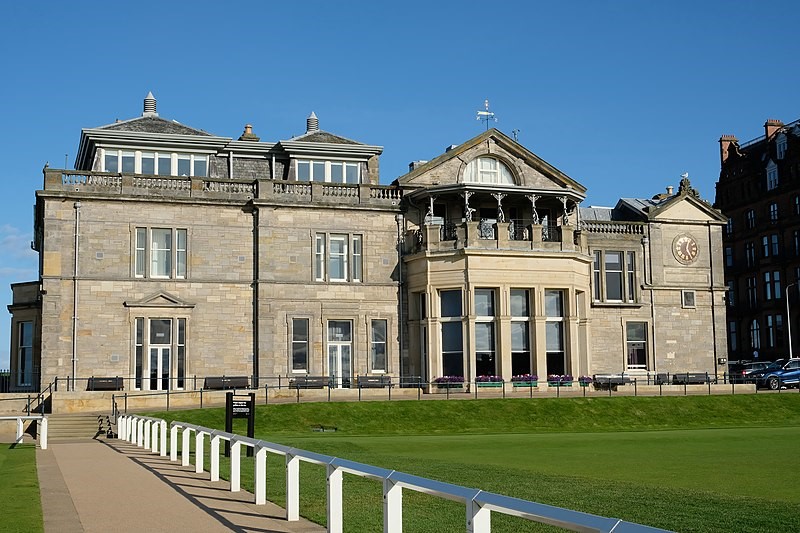
Royal and Ancient Clubhouse
At the time when St Andrews, Scotland’s first university was founded in 1413, golf was a popular pastime. The club’s motives were to enjoy the sport and host an annual contest whose goal…
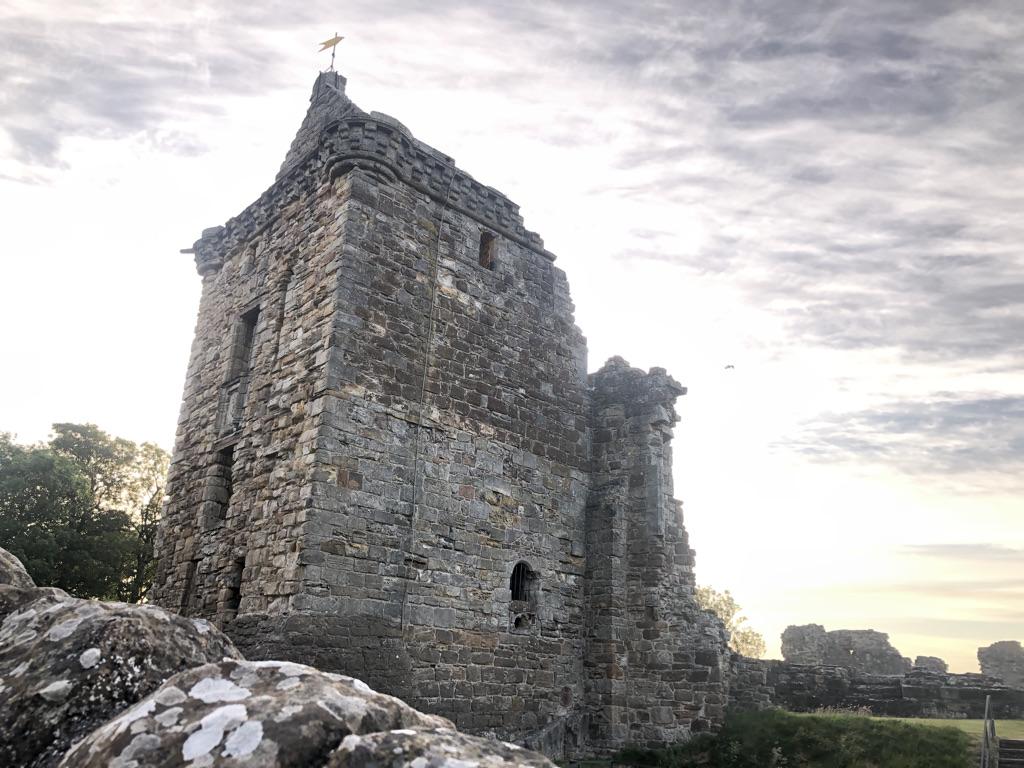
St Andrews Castle
This castle was the official residence of the bishop throughout the Middle Ages. The building of the castle was started in 1160 by Bishop Arnold. The castle is made out of…
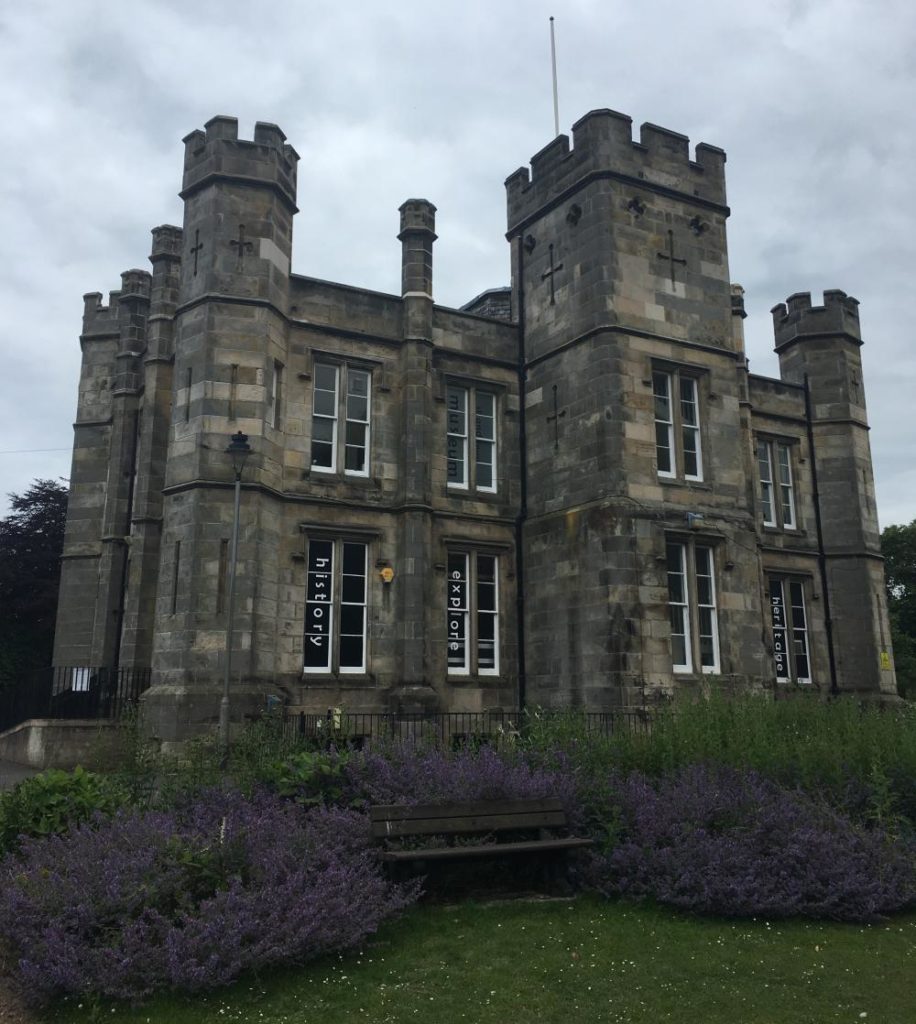
St Andrews Museum
Founded in 1991 and located in the Kinburn House surrounded by Kinburn Park, the St. Andrews Museum houses around 100,000 objects held by Fife Council Museums…
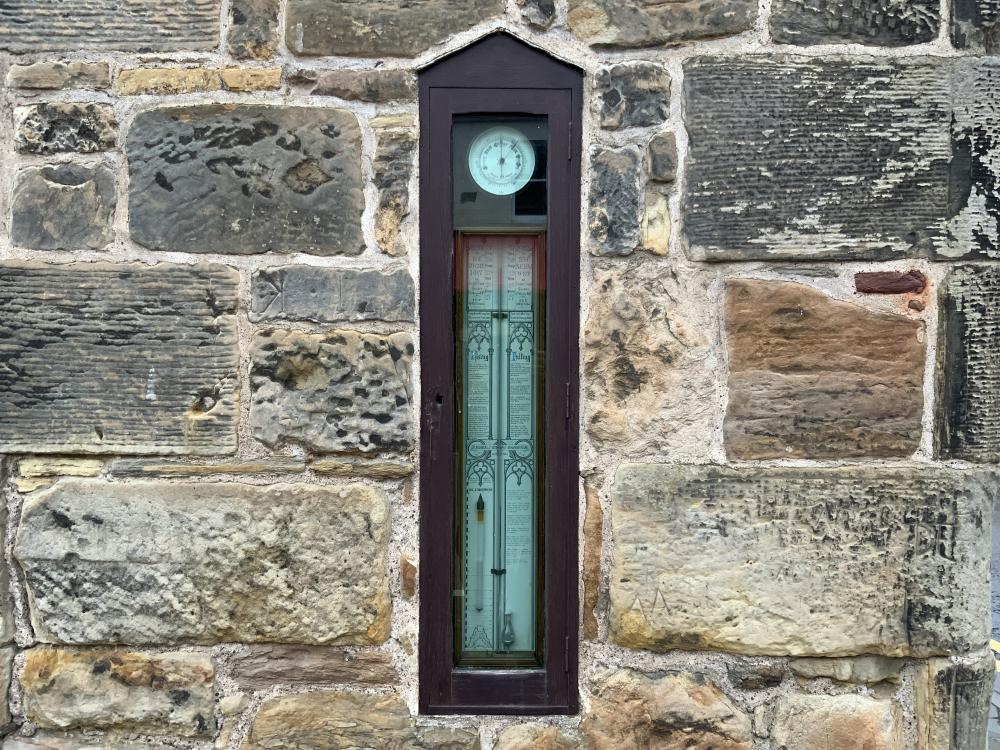
Harbour Barometer
Barometers that consisted of a column of mercury inside a glass tube would not survive for very long on a ship, so in the first half of the 19th century an unknown inventor discovered that a liquid (typically consisting of a mixture of distilled water, ethanol, potassium nitrate, ammonium chloride and camphor) sealed in a tube would crystallise in different patterns…
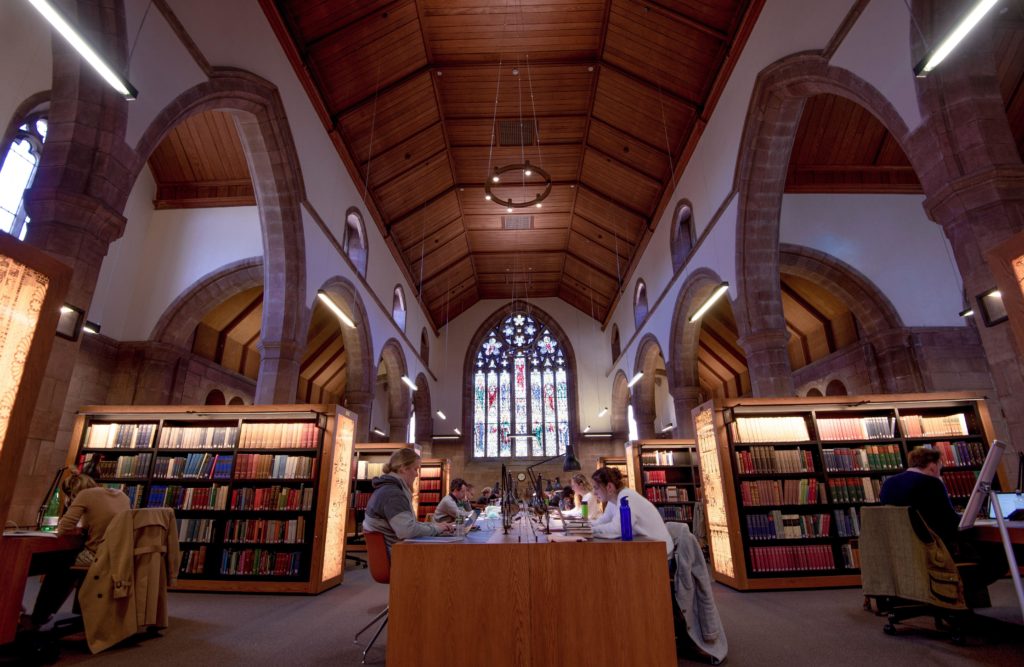
The Martyrs’ Kirk
Martyrs’ Kirk stands on the site of what was originally Martyrs’ Free Kirk. Built in 1844, the original building was demolished in order to build a bigger church that met the demands of its congregation. This structure, which remains standing to this day, was built between 1925 and 1928 by Gillespie and Scott. However, in 2008 the church was closed and in 2010 the congregation merged with Hope Park Church. The University of St Andrews then acquired the building in 2012 and, after extensive refurbishment, it now serves as a post-graduate study space as well as housing around 5000 volumes of the University’s Special Collections…
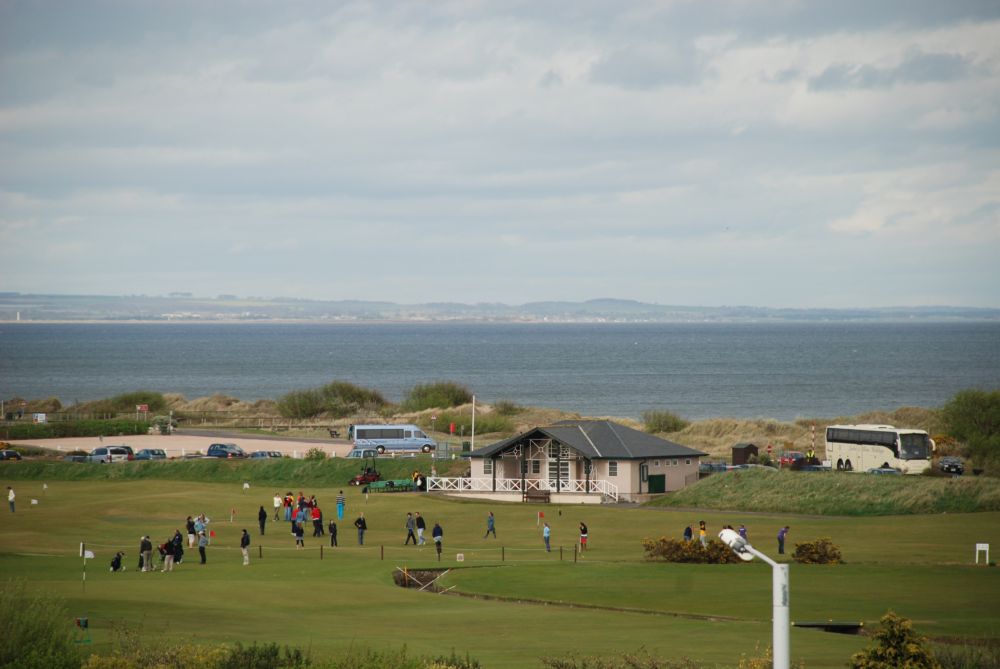
The Himalayas
Before 1860 the caddies had laid out a small putting area near where Rusacks Hotel now stands. They would play to pass the time while waiting for a bag. When the course was empty a few young ladies would play on it.
There were quite a few recreations open to respectable young ladies during the 1860s such as croquet, battledore and archery. These ladies had male family members from the Colonial Services in the Royal and Ancient Golf Club.
Around this time, there was quite a bit of tension between the caddies and the adventurous ladies…
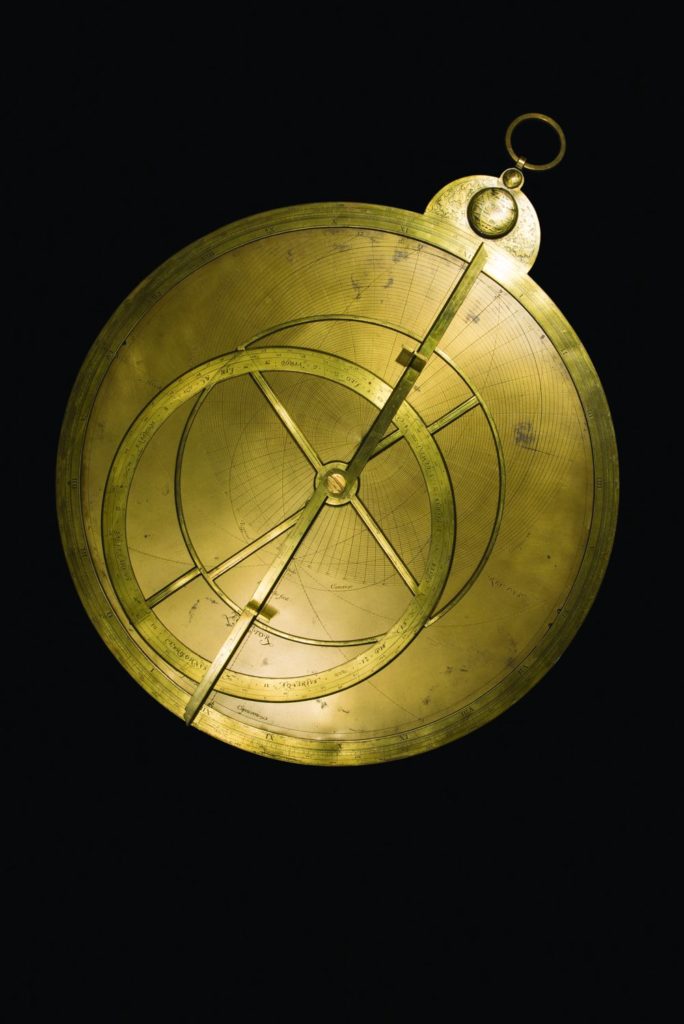
The Museums of the University of St Andrews
The first museum of the University of St Andrews was founded in 1838. However, since then, as the artefact collection has grown, it has moved and expanded…
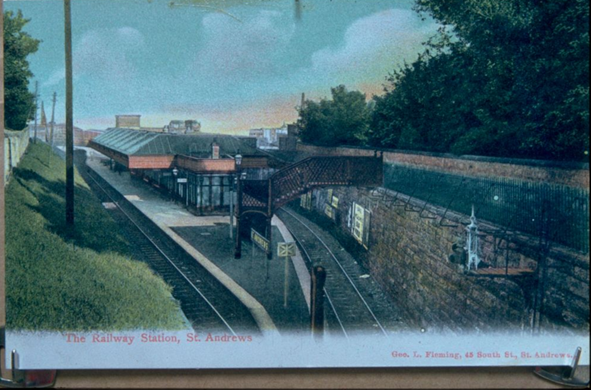
The St Andrews to Leuchars Railway
The St Andrews to Leuchars Railway was an independent railway built in 1852 by Sir Thomas Bouch. It cost £21,565 to construct, the equivalent of £3,088,190.37 in 2021!
Railway engineering is a multi-faceted engineering discipline that deals with the design, construction and operation of all types of rail transport systems. Although Sir Thomas Bouch was awarded a knighthood for all his engineering achievements, he did tend to cut some corners in his projects.
He designed the St Andrews to Leuchars Railway rather cheaply, which caused issues…
St Andrews Cathedral
Sitting at the eastern end of St Andrews’ two main streets is the imposing, if slightly confusing, collection of ruins that together make up St Andrews Cathedral…

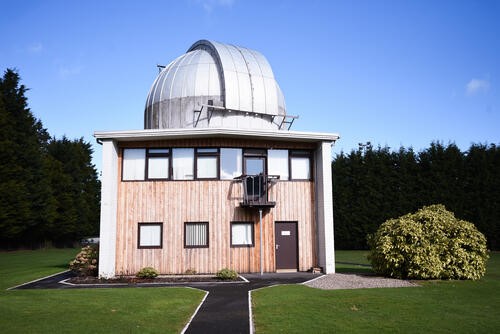
The University Observatory
The observatory is largely known for housing the 54-year-old 37″ James Gregory Telescope, the largest operational telescope in Scotland. the first full size (0.94m) Schmidt-Cassegrain telescope built. It is used for research projects and mostly run by postgraduate students and postdocs mostly monitoring the brightness variations of stars, active galaxies, and transiting planets
The telescope is named after the inventor of reflecting telescope and Fellow of the Royal Society, James Gregory, a renowned mathematician and astronomer who was the first Regius Professor of Mathematics of the University of St Andrews 1668–74. He discovered…
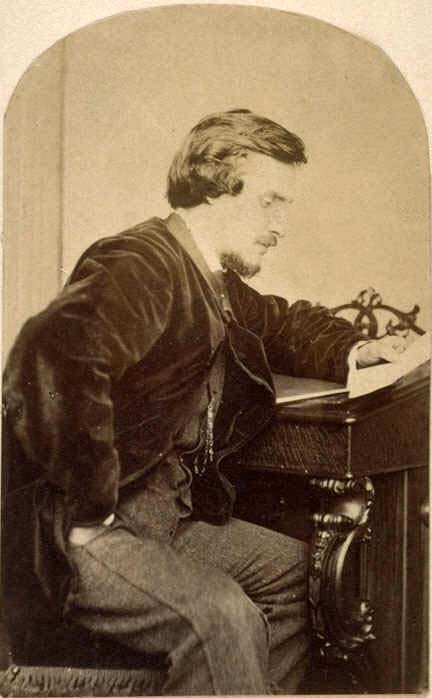
Thomas Rodger
Thomas Rodger (1832-1883) was the first professional photographer in St Andrews. The first of 9 children of Thomas Rodger Sr, a house painter and Elisabeth Greenhill…
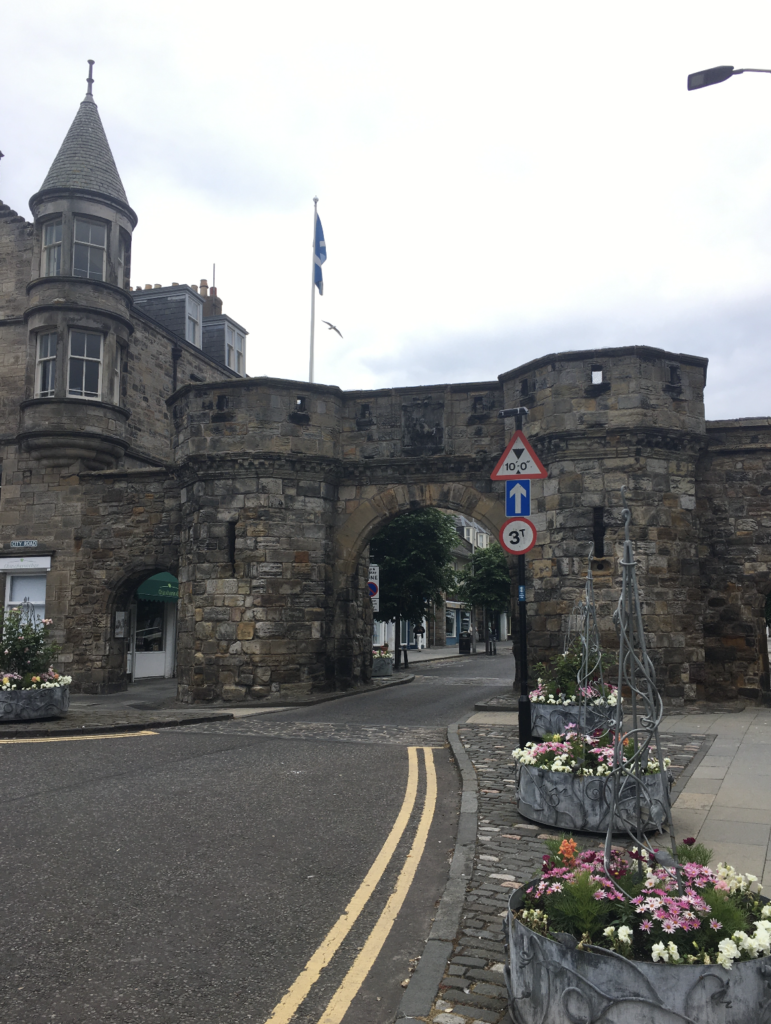
West Port
So’gait port (South Street), now called West Port (the Lowland Scots word for a town gate), is one of few surviving town “Ports”, and the only medieval town port surviving in its original location in Scotland…
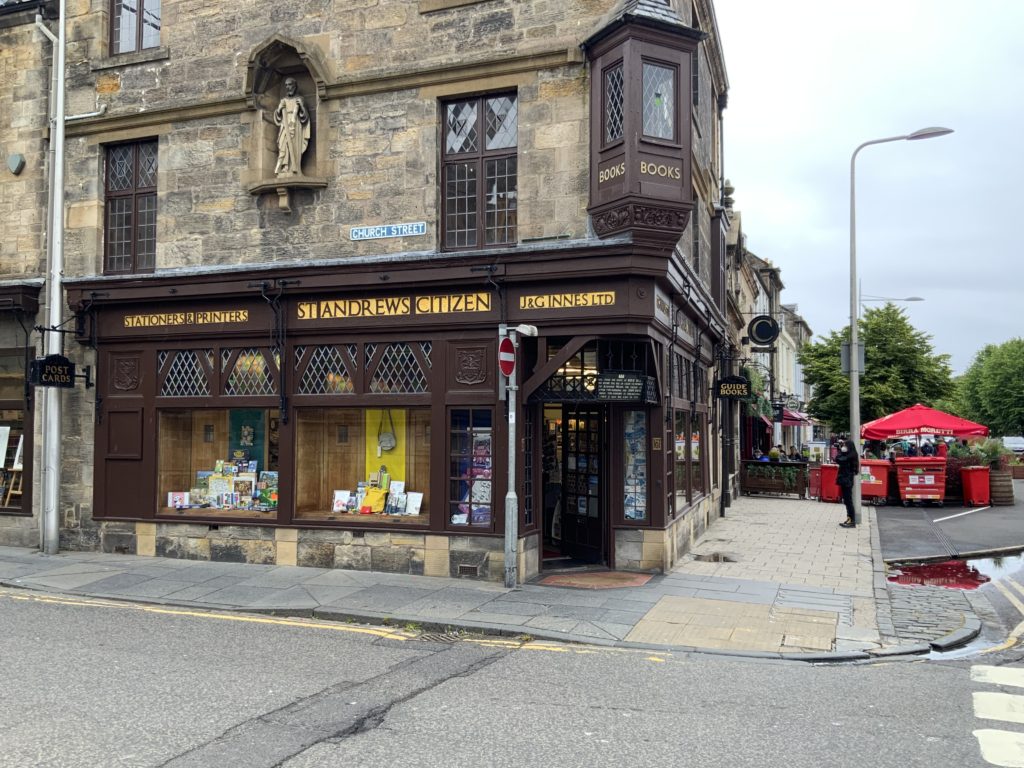
J&G Innes
J&G Innes (a.k.a. “The Citizen Shop”) is a bookshop in St Andrews with a rich history spanning over 3 centuries. It was bought by the Innes firm in 1927 after John Innes, founder of the St Andrews Citizen newspaper, purchased…
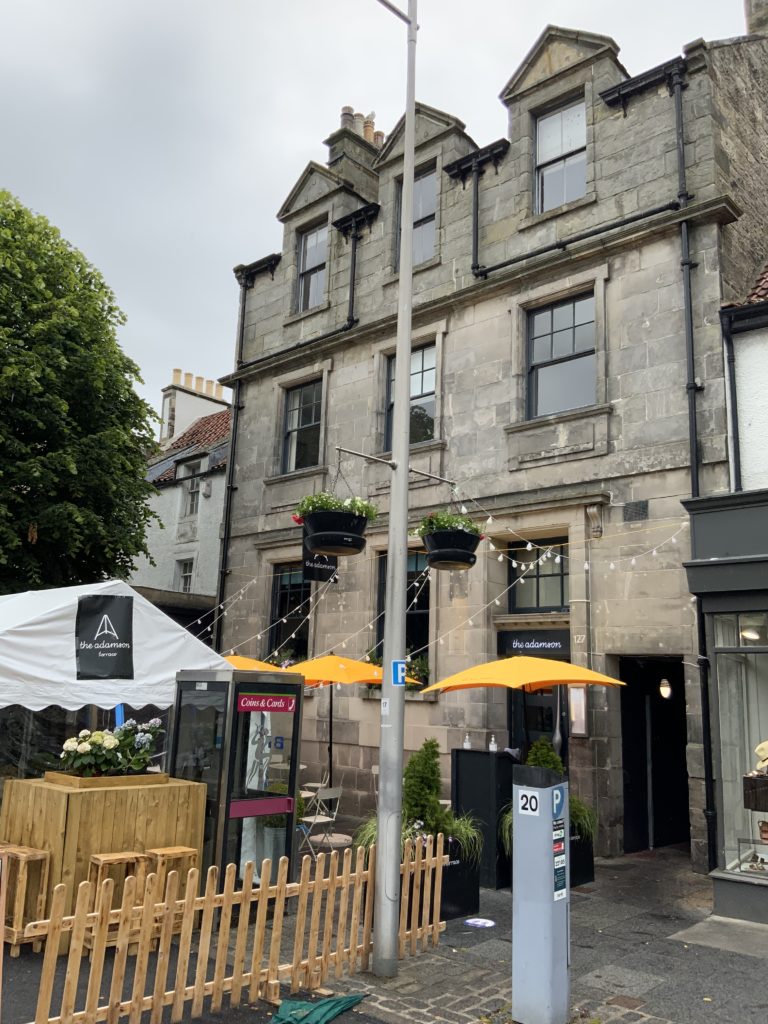
John Adamson’s House
Dr John Adamson (12 December 1809 – 11 August 1870) was born in St Andrews. After his medical studies in the University of St Andrews and the University of Edinburgh…

St Andrews Botanic Gardens
St Andrews Botanic Gardens, founded by University of St Andrews in 1889 for botanical education and research purposes, with Dr. John Hardie Wilson as the principal founder, is the third oldest established Botanic Garden in Scotland…
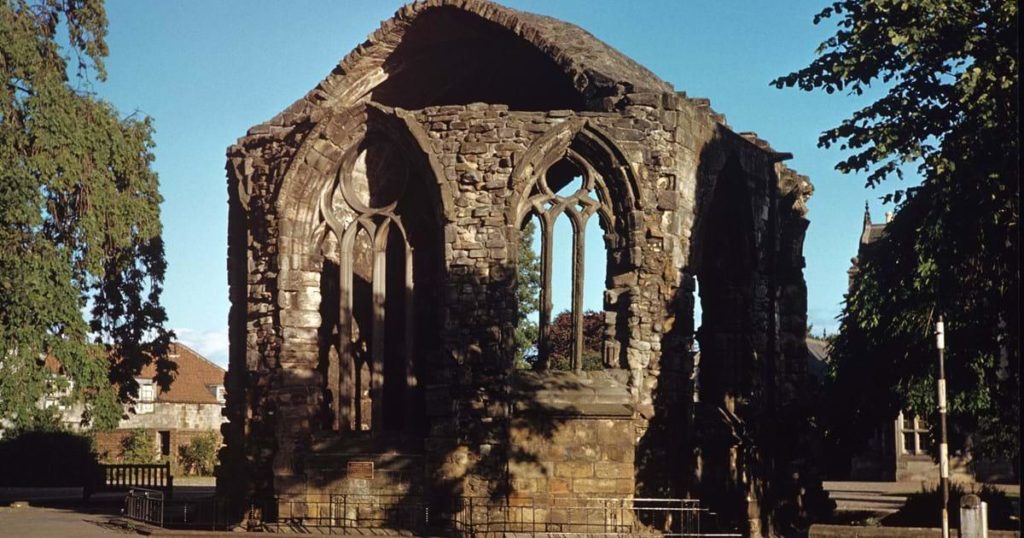
Blackfriars Chapel
The modern name “Blackfriars” refers to the Dominican friars of St Mary which existed in St Andrews in the later Middle Ages, because of the black cappa/cloak they wear over their white habits.
Back in 1464, a Dominican Friary was established here with initially only two friars. In 1514, William Elphinstone (1431-1514), Bishop of Aberdeen and founder of the University of Aberdeen, left the Dominicans his…

Blue Stane
The Blue Stane is a relic of Pre-Christian Pictish St. Andrews when it had some now forgotten ritual significance. It is reputed to have been the coronation stone of Kenneth MacAlpine, who united the Kingdoms of the Scots and the Picts in 843A.D…

Bute Medical School
The Bute Medical School is a stunning establishment that evidences the great history of Medicine at St Andrews…
St Salvator’s College and Chapel
St Salvator’s College and Chapel were founded by Bishop James Kennedy in 1450 and the college was originally founded with both a missionary and an educational function…
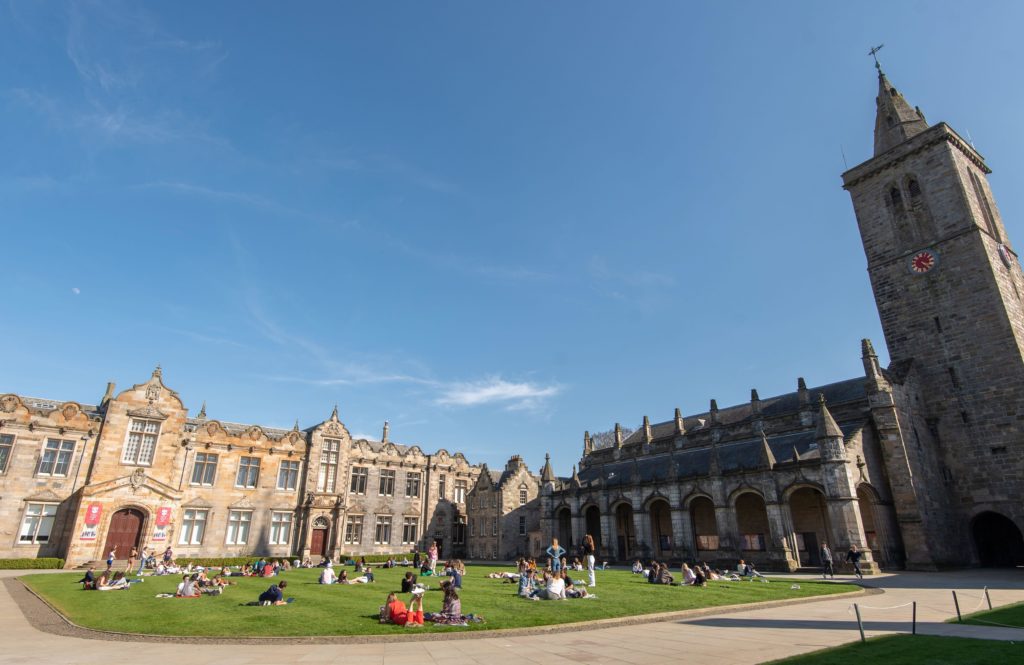
Note: Image copyrights are detailed within their specific site pages.
